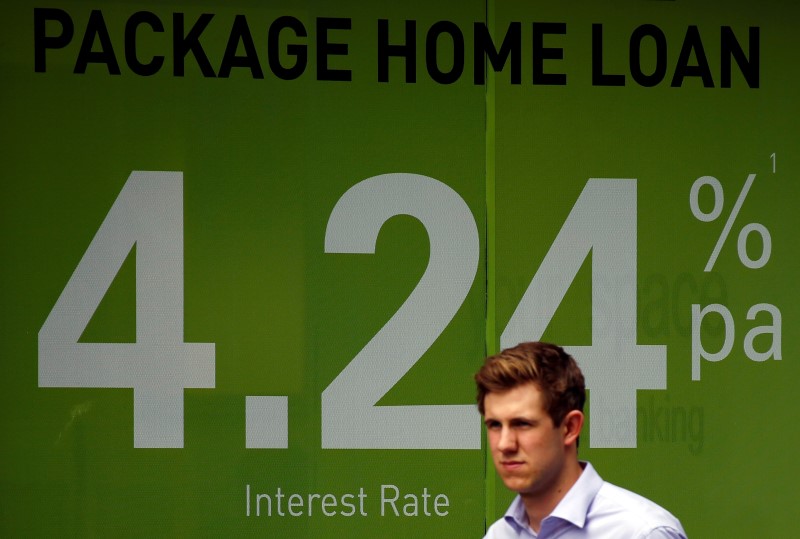Investing.com -- Australian consumer sentiment marked its sharpest drop in nearly three years in early-May, a private survey showed on Tuesday, dented chiefly by a surprise interest rate hike by the Reserve Bank, which pointed to increased cost of living pressures.
The Westpac-Melbourne Institute Consumer Sentiment index slid 7.9% in the first two weeks of May, falling much more than expectations for a drop of 1.7%. The decline, which was the index’s biggest drop since August 2020, also largely reversed a 9.4% gain seen in the prior month.
May’s decline puts the sentiment index back to near its weakest level since the 2020 COVID-19 pandemic, and before that, at levels seen during a deep recession through the 1990s.
The drop in sentiment came as the RBA unexpectedly hiked interest rates by 25 basis points earlier this month, which heralds higher borrowing costs and more pressure on mortgage holders and homeowners.
The hike, which was intended to curb relatively high inflation, also comes with Australian consumer inflation trending just below a 32-year high. While high interest rates are intended to bring down inflation eventually, they still push up the cost of living in the interim.
The RBA’s surprise hike came after it paused its rate hike cycle in April. But with inflation running well above the bank’s 2% to 3% annual target, the RBA chose to hike rates further in May.
Disappointment over the Federal Budget also factored into the drop in sentiment, although it had only a mild impact, Westpac said in a statement.
Westpac expects the RBA to hold rates steady in June, although the central bank has warned that interest rates could yet rise further due to stubborn inflation.
The Westpac survey showed that views on family finances and expectations for the economy worsened substantially in May, while consumers remained pessimistic over buying a house.
Optimism over a robust labor market continued to be a bright spot for sentiment. But the RBA has warned that unemployment is likely to increase in the coming months as economic growth cools under high interest rates.
